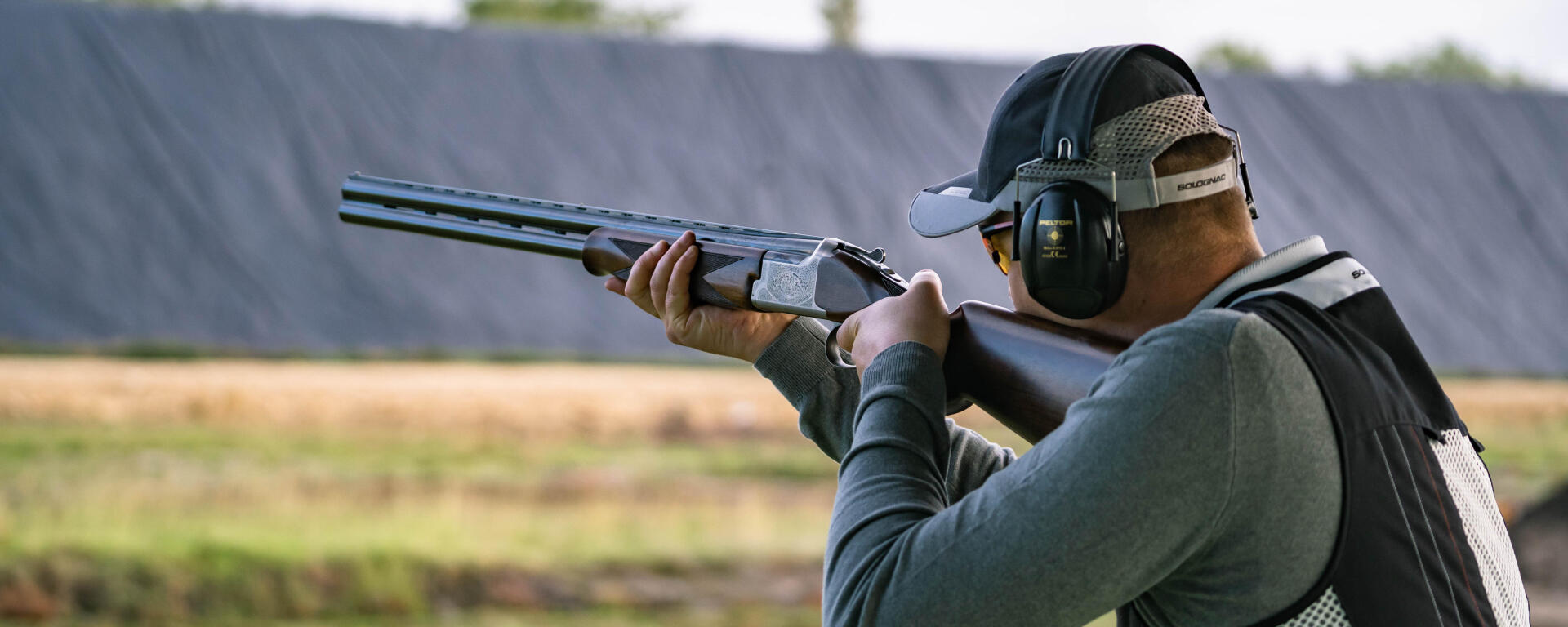#1 What you need to know about clay pigeon shooting:
Clay pigeon shooting involves firing at clay targets or moving targets with smooth-bore shotguns. The classic clay target, originally black, is now more orange, but there are also white, blue, and green ones. It should measure 110 mm in diameter and weigh a maximum of 110 g. There are also special ones for sporting and compak sporting called: battue, bourdon, and rabbit. Clay pigeon shooting can be either a competitive or a recreational sport. It can be enjoyed on permanent sites or on temporary installations known as ""fairgrounds"", also called "straw bales". It is above all an outdoor activity that can be carried out at any age from 12/14 years old. It offers the diversity of its various disciplines while using the same type of material. Recreational shooting is basically straw bales set up on a Sunday in the countryside to shoot a few clay pigeons for the benefit of local clubs. Most clay pigeon shooters started out that way or originated from the hunting world. The competitive sport is carried out exclusively on permanent stands affiliated to the French Ball Trap Federation (FFBT). It requires the following qualities above all: concentration, self-control, impeccable physical condition and, of course, perfect visual acuity.




